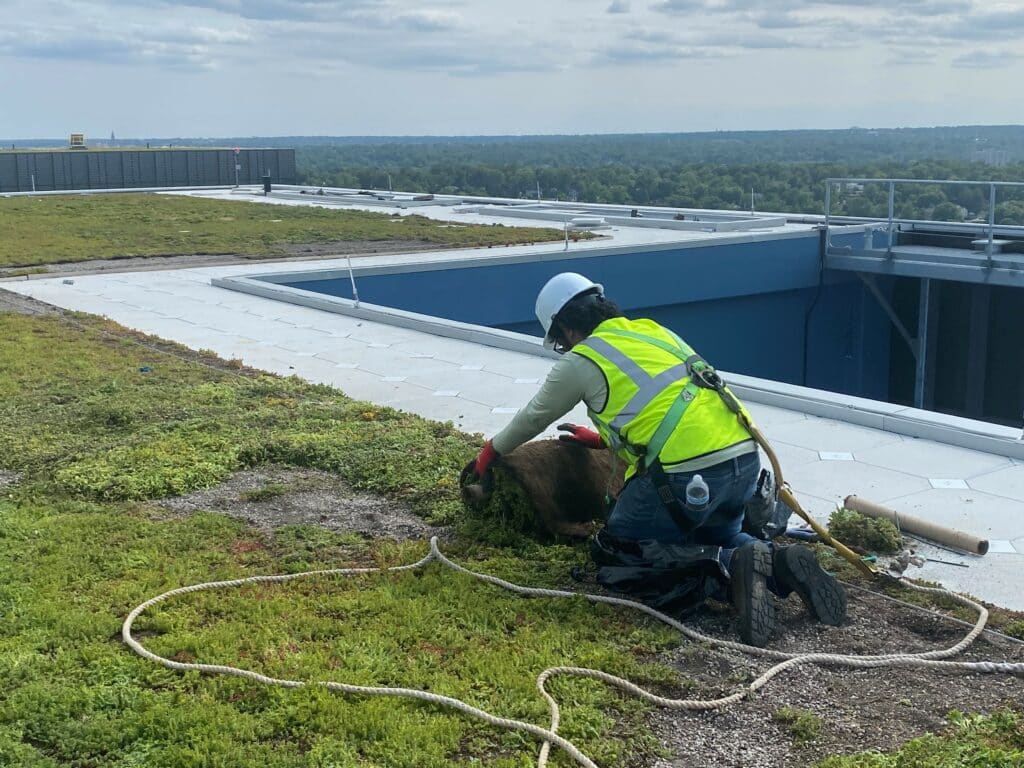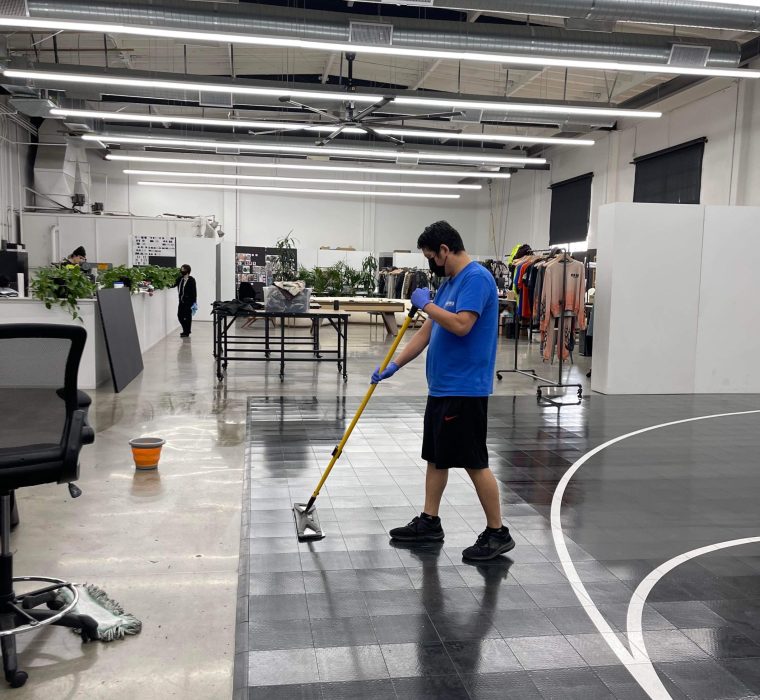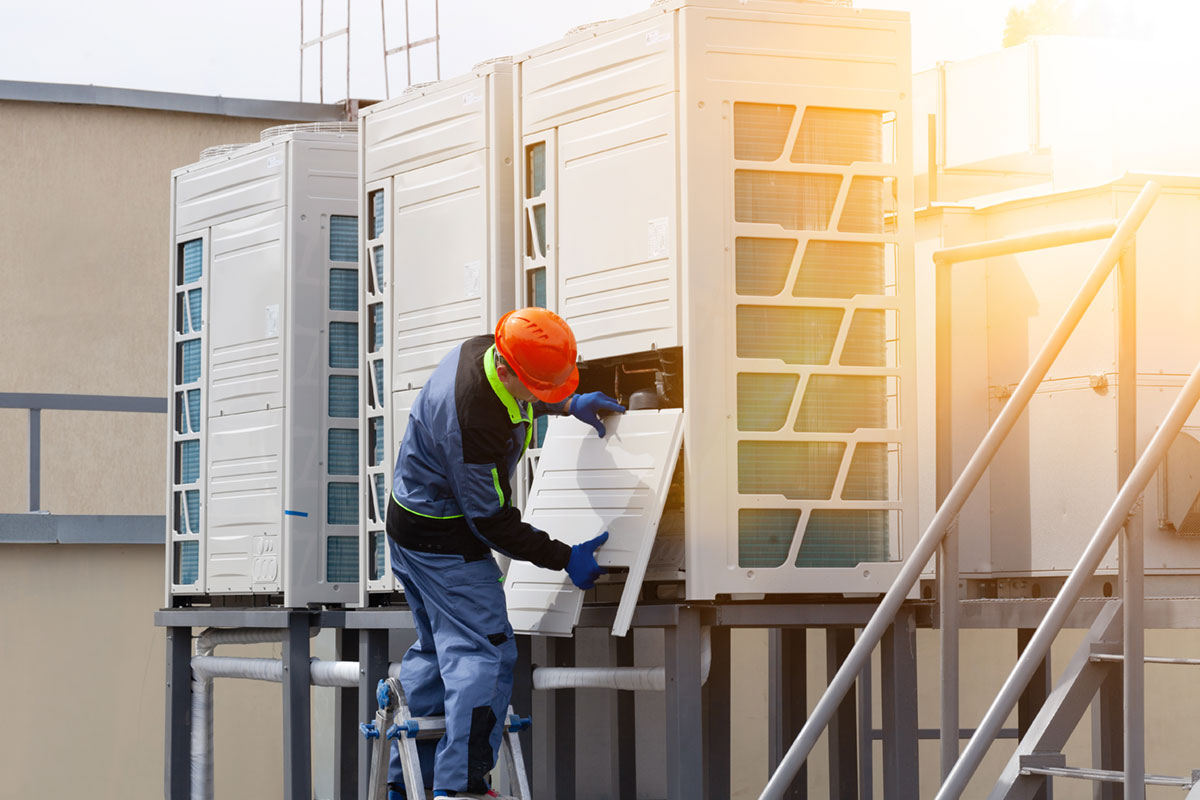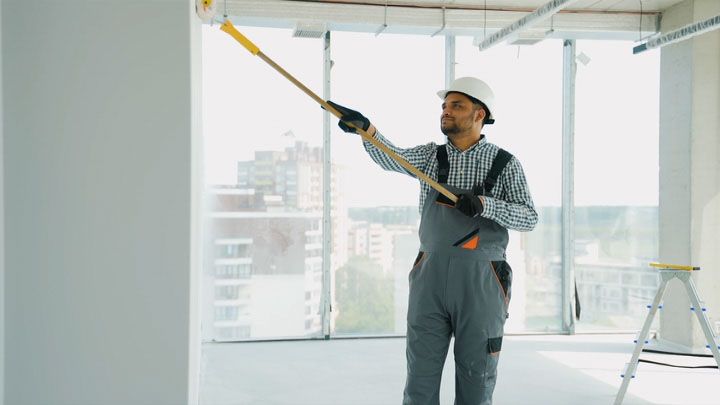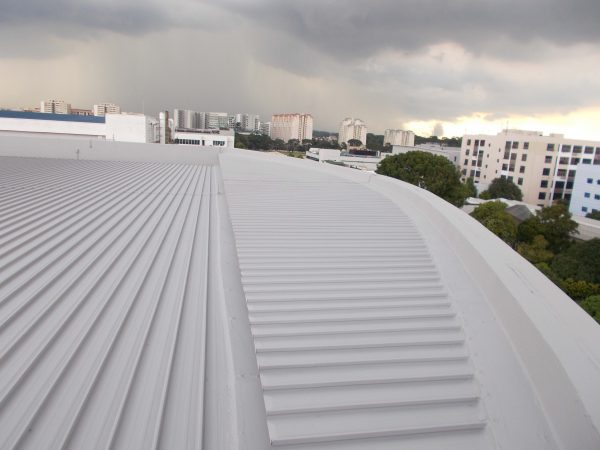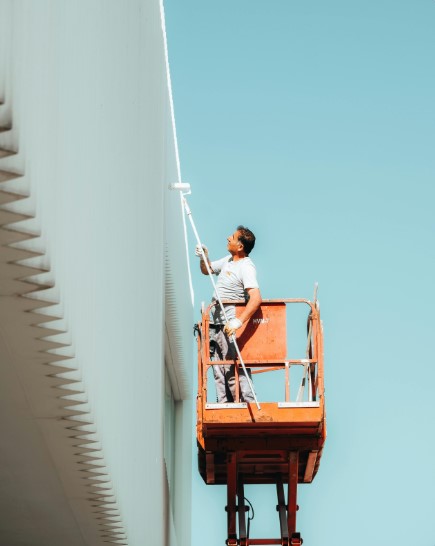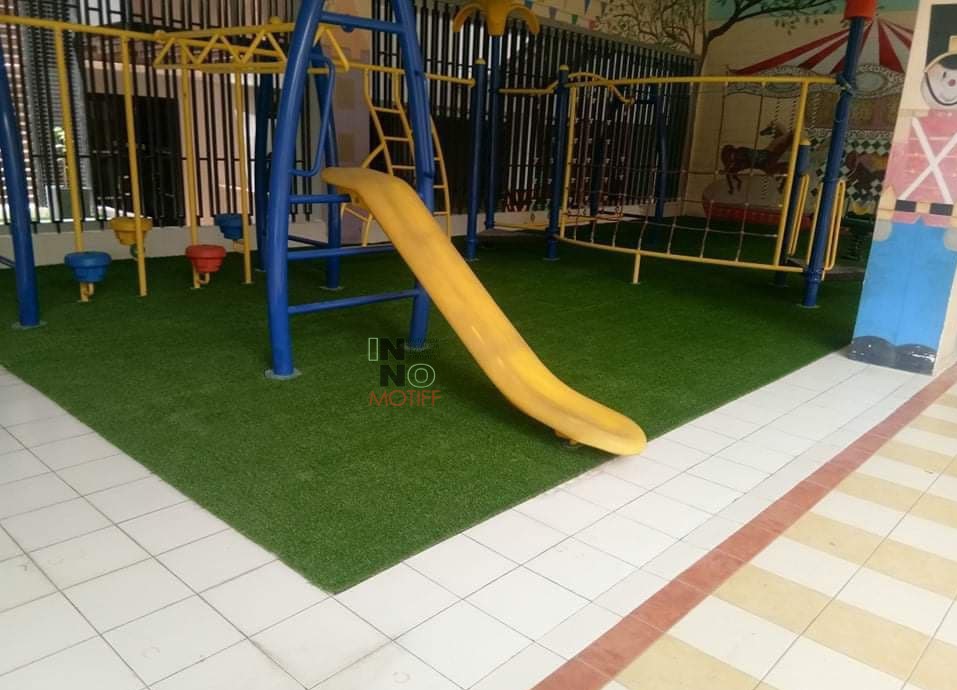Green roof systems are transforming the way cities manage environmental challenges, create sustainable living spaces, and improve building efficiency. At its core, a green roof system is a rooftop covered with vegetation and soil, designed to provide insulation, manage stormwater, and enhance the aesthetic value of buildings. These systems are no longer just an architectural trend—they are a necessity for urban areas grappling with heat, pollution, and limited green space. From extensive green roofs, which are lightweight and low-maintenance, to intensive green roofs that can support a wider variety of plants, these systems cater to both functional and decorative needs. A proper green roof system includes essential components such as a waterproof membrane, root barrier, drainage layer, growing medium, and vegetation. Understanding the intricacies of these systems can help property owners, developers, and sustainability enthusiasts make informed decisions about their installation and maintenance. Green roof systems represent a fusion of nature and technology that is shaping the future of urban living.
Understanding Green Roof Systems
A green roof system provides multiple layers that work together to create a sustainable rooftop ecosystem. The foundation begins with a waterproof membrane that prevents leaks and protects the building’s structure. Above this, a root barrier prevents plants from damaging the membrane, while the drainage layer ensures excess water is efficiently removed. The growing medium, which can vary in thickness, provides nutrients and stability for the vegetation planted on top. Extensive green roof systems are typically lighter, require minimal maintenance, and are planted with hardy, drought-tolerant species such as sedum and moss. Intensive systems, on the other hand, support larger plants, shrubs, and even small trees, offering recreational rooftop gardens in addition to environmental benefits. Proper design of a green roof system takes into account climate, roof slope, building structure, and water availability. These factors are essential to maximize the performance and longevity of the system.
Environmental Benefits of Green Roof Systems
Green roof systems offer significant ecological advantages that go beyond their visual appeal. They reduce the urban heat island effect by absorbing sunlight and cooling the surrounding environment, lowering energy consumption for air conditioning. These systems also improve stormwater management, as the soil and plants absorb rainfall, reducing runoff and minimizing stress on city drainage systems. In addition, green roof systems act as natural air filters, capturing pollutants and dust while producing oxygen. Carbon footprint reduction is another key benefit, as these roofs help regulate building temperatures and reduce energy demands. By creating habitats for birds, insects, and other urban wildlife, green roofs contribute to urban biodiversity. Their positive impact on both the local microclimate and the broader environment makes them an essential tool in sustainable city planning.
Economic Advantages of Green Roof Systems
Investing in a green roof system can provide considerable financial benefits. One of the most immediate advantages is energy savings: the insulation provided by vegetation and soil helps maintain indoor temperatures, reducing heating and cooling costs. Green roofs also extend the lifespan of a building’s roof by protecting it from UV radiation, temperature fluctuations, and physical damage, resulting in lower long-term maintenance expenses. Property values may increase, as green roofs enhance both aesthetic appeal and sustainability credentials. Businesses and homeowners can also take advantage of incentives, rebates, and tax benefits offered by governments and environmental organizations for installing eco-friendly roofing solutions. Additionally, the integration of a green roof system can reduce costs related to stormwater management by minimizing runoff and reducing potential flooding issues. With proper planning, green roofs can deliver both environmental and financial returns over time.
Design Considerations for a Green Roof System
Designing an effective green roof system requires careful attention to structural, botanical, and functional factors. Building weight capacity is a critical consideration, as intensive green roofs can be significantly heavier than conventional roofing. Plant selection should account for local climate, maintenance needs, and aesthetic preferences. Drought-tolerant species are ideal for regions with limited rainfall, while more diverse plantings may require irrigation systems to thrive. Integrating water-efficient technologies such as drip irrigation or rainwater harvesting can reduce maintenance requirements and improve sustainability. Designers also consider compatibility with rooftop utilities, such as solar panels or HVAC equipment, ensuring the green roof does not interfere with building functionality. Lastly, proper drainage design is essential to prevent water pooling, which can damage the roof and reduce plant health. A well-designed green roof system balances beauty, functionality, and ecological benefits.
Installation Process
Installing a green roof system is a multi-step process that demands precision and planning. First, the roof structure must be assessed to ensure it can safely support the weight of soil, plants, and water. Waterproofing and root barrier layers are installed to protect the building from leaks and damage. Next, drainage systems and the growing medium are layered carefully to provide stability and nutrients for the plants. Vegetation is then added, either as pre-grown mats or individual plants, depending on the system type. Many professionals recommend hiring experienced contractors for installation to ensure the system is correctly assembled, though some extensive systems may be feasible for skilled DIY enthusiasts. During installation, attention must be paid to irrigation, soil compaction, and plant health to avoid long-term maintenance issues. Proper installation ensures the green roof system performs efficiently and provides lasting environmental and economic benefits.
Maintenance and Longevity
Maintenance is critical to the success and longevity of a green roof system. Routine inspections help identify potential problems such as drainage blockages, leaks, or plant health issues. Seasonal maintenance includes pruning, weeding, and checking irrigation systems to ensure plants receive adequate water. Some plant species may require fertilization or replacement over time, especially in extreme weather conditions. Monitoring for pests and diseases is also essential to prevent damage to the vegetation. A well-maintained green roof system can last several decades, with certain layers, such as membranes and drainage components, potentially needing replacement over time. The combination of proactive care and proper installation maximizes the roof’s benefits and ensures the structure remains a vibrant and functional part of the building.
Urban and Community Impacts
Green roof systems are not only beneficial for individual buildings—they positively affect urban communities as a whole. By creating green spaces in densely built environments, these systems enhance urban aesthetics and provide recreational areas for residents. They help reduce noise pollution by acting as sound insulators, contributing to a calmer city environment. Biodiversity benefits are significant, as green roofs provide habitats for birds, pollinators, and other urban wildlife. Rooftop gardens can also serve as community spaces for urban agriculture, promoting local food production and social interaction. These roofs create microclimates that mitigate heat and improve air quality in surrounding neighborhoods. Overall, green roof systems are essential tools for building healthier, more sustainable, and livable cities.
Innovations in Green Roof Systems
Recent technological advancements are making green roof systems more efficient and accessible. Smart irrigation systems with sensors allow precise watering, reducing water waste and supporting plant health. Modular green roof systems simplify installation, making it easier to retrofit existing buildings with minimal disruption. Designers are increasingly integrating green roofs with energy-efficient building solutions, such as solar panels, to maximize sustainability. Lightweight substrate materials and improved drainage layers reduce structural load, making these systems feasible for more types of buildings. Researchers are also experimenting with drought-tolerant and climate-resilient plant species to expand the applicability of green roofs worldwide. With continuous innovation, green roof systems are becoming more practical, cost-effective, and environmentally impactful.
Frequently Asked Questions
What is the difference between an extensive and intensive green roof system?
Extensive green roofs are lightweight, low-maintenance, and typically support shallow-rooted plants, while intensive roofs are heavier, require more care, and can support larger plants and trees.
How much does it cost to install a green roof system?
Costs vary depending on roof type, materials, plant selection, and labor, but the long-term energy savings and potential incentives often offset initial expenses.
Are green roofs suitable for all types of buildings?
While most buildings can accommodate extensive green roofs, intensive systems require careful structural assessment due to increased weight and maintenance needs.
How long does a green roof system last?
With proper installation and maintenance, a green roof system can last 20 to 50 years, depending on components and environmental conditions.
What types of plants grow best on a green roof?
Drought-tolerant plants like sedum, moss, and certain grasses are ideal for extensive roofs, while intensive systems allow shrubs, flowering plants, and small trees.
Can green roofs help with stormwater management?
Yes, they absorb rainwater, reduce runoff, and help prevent urban flooding.
Do green roofs require a lot of maintenance?
Maintenance requirements vary: extensive roofs need minimal care, while intensive roofs require regular monitoring, watering, and pruning.
Takeaway
Green roof systems are a transformative solution for modern urban living. They offer ecological, economic, and social benefits, turning ordinary rooftops into vibrant, sustainable spaces. From energy savings and stormwater management to biodiversity enhancement and aesthetic improvements, these systems provide tangible value for building owners and the wider community. As technology and design innovation continue to advance, green roof systems are becoming more practical, durable, and cost-effective. Investing in a green roof system is not just a choice for sustainability—it is an investment in the long-term resilience and livability of our cities.

